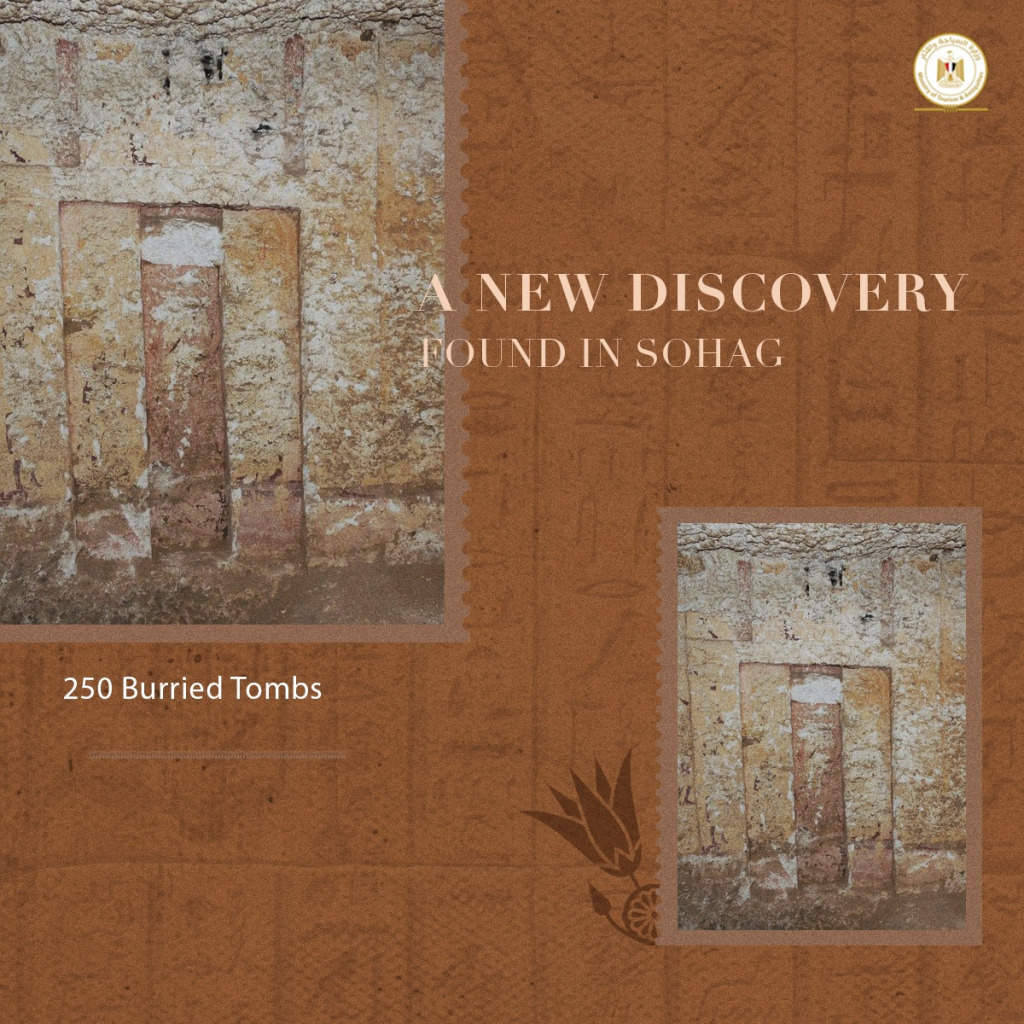ART WORLD NEWS
Ancient Egyptian Rock-Cut Tombs Discovered at Al-Hamidiyah Necropolis
A series of rock-cut tombs have been discovered by archaeologists east of Sohag, in southern Egypt. Carved into the side of a mountain, the more than 300 tombs are thought to belong to leaders and officials from the city of Akhmim, one of the most important administrative centers in Ancient Egypt, Ahram Online reports.
The tombs span a variety of styles and different time periods, with single and multiple burial shafts and sloped corridors, according to the secretary general of the Supreme Council of Antiquities, Mostafa Waziri. The tombs range in date from the Old Kingdom (2575–2150 B.C.E.) to the Ptolemaic period (305–30 B.C.E.)—the last dynasty of ancient Egypt, which ended with the death of Cleopatra.
Related Articles
Scenes and hieroglyphic texts on a false door in one of the sloping tombs from the Old Kingdom represent the tomb’s owner making ritual sacrifices and offerings to the deceased. The burial shaft would have been reused in later periods. Among the artifacts discovered in the necropolis were several small alabaster vessels and round pots with traces of yellow paint, as well as remnants of a round metal mirror. There were also pieces of limestone with inscriptions from the Sixth Dynasty—considered by most scholars (but not all) to be the last dynasty of the Old Kingdom—which may have been part of funerary stelae for the decedents.
Additionally, fragments of amphorae from the Late Period (664–332 B.C.E.), both human and animal bones, and votive miniatures were found. While much of the pottery would have been used in daily life, the miniatures would have been deposited as part of a funerary ritual, says Mohamed Abdel-Badiaa, head of the Central Department of Upper Egypt Antiquities. Miniatures were extremely popular in such Ancient Egyptian rites. One function may have been to continually provide for the deceased in the afterlife.
The tombs were discovered during an archaeological survey, and it is likely that more will be uncovered as work continues on the site.











